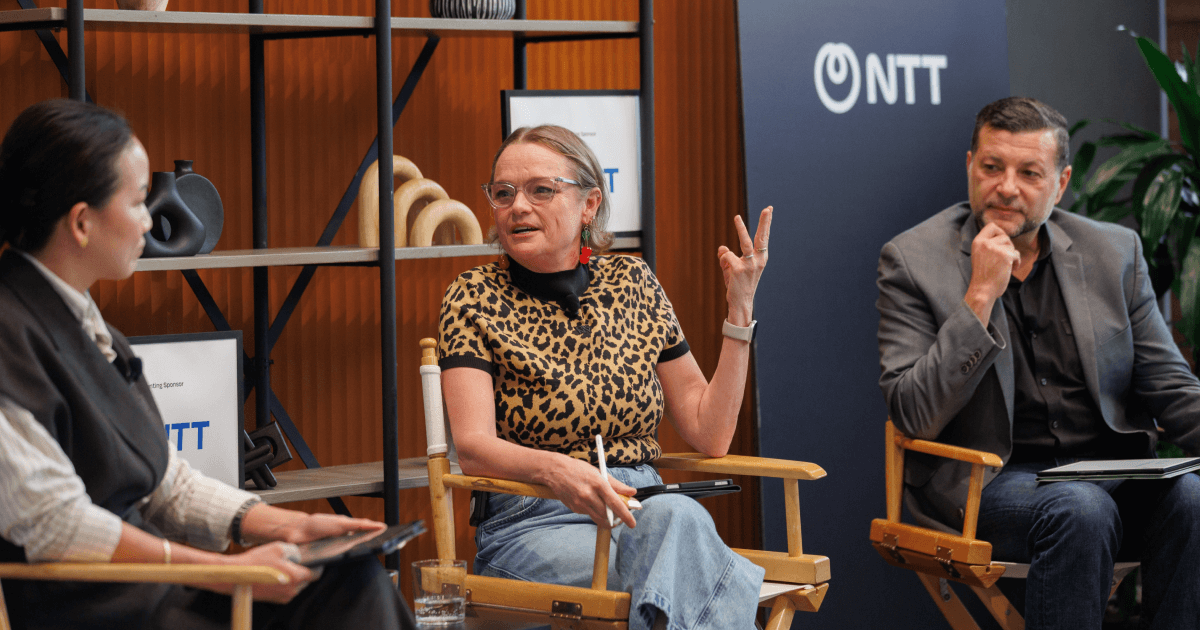Frenzy vs. flow – Lessons on value-based transformations


It's easy to confuse busyness with actual progress. (Ever try to Marie Kondo your closet and end up sitting in a semi-circle of fun and distracting trinkets instead? Just me?) Organizations are often engaged in a flurry of activities that may appear productive on the surface, yet fail to yield meaningful results. This is why it’s so important to explore the intricacies of value stream management, Agile methodologies, and the transformative power of problem-solving.
This week on Catalyst, Launch by NTT DATA’s Chief Methodologist Danny Presten joins Clinton Bonner to take a look at company transformations and how to improve flow through the value stream management. Check out the highlights below, then dive into the full episode to explore how you can promote a problem-solving culture.
Value stream management
Keep the stream flowing! This customer-centric approach can help you identify bottlenecks, inefficiencies, and areas where improvements can be made to optimize the flow of value.
Challenges with agile and DevOps
While Agile and DevOps methodologies have been around for a while and have brought improvements, they may not be sufficient on their own.
A holistic approach to improvement
Organizations often optimize individual parts of the workflow, leading to local efficiency gains, but fail to address systemic issues. Consider the entire value chain!
Common systemic issues
Utilize value stream management tools that help identify where you’re prioritizing high utilization over high-value delivery.
Funding models and oversight
You’ll need to shift from project-based funding to value-based oversight, which involves changing perspectives from overseeing scope execution to overseeing value delivery.
Incremental problem-solving
Big leaps forward often begin with small, calculated steps. Leverage an incremental problem-solving approach over large-scale transformations.
Ownership and accountability
Who’s at the helm of this transformation ship? Make sure you appoint leaders to take ownership of the overall transformation process.
Shift from methodologies to problem-solving
Avoiding sliding into certifications. Shifting the focus from solving business problems to adhering to methodologies and certifications can lead to transformation fatigue and repetitive transformations.
Collaboration and system integration
Cohesion is key. Even if individual parts are optimized, be sure you’re integrating the various parts of your processes. It’s part of that holistic tip we mentioned above.
As always, don’t forget to subscribe to Catalyst wherever you get your podcasts! We drop a new episode every Tuesday, and each one is jam-packed with catalysts for digital experiences that move millions.





